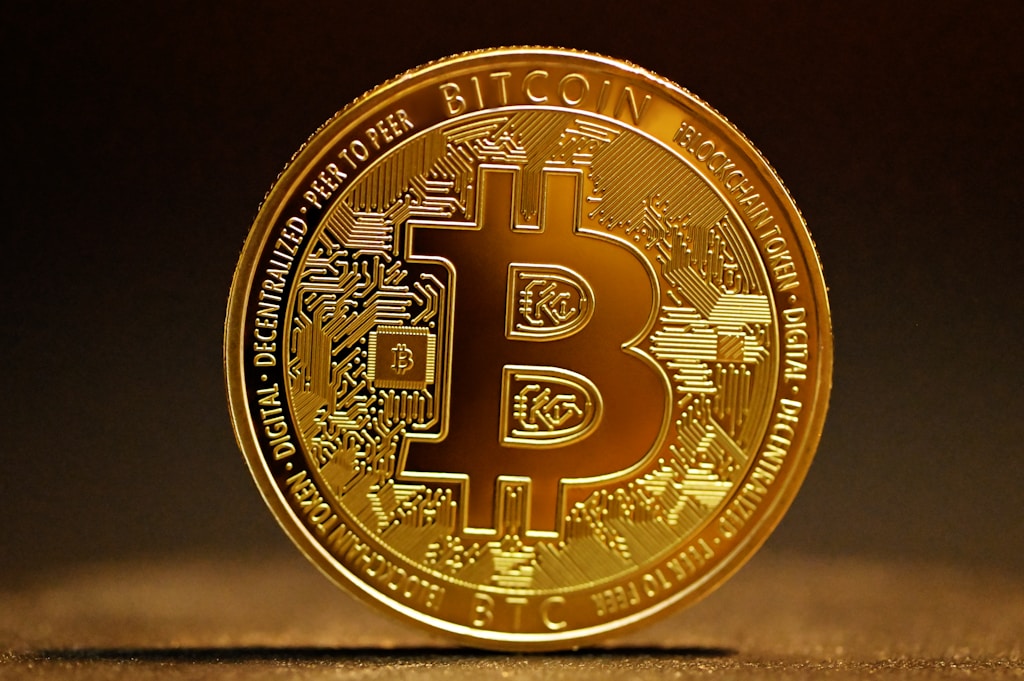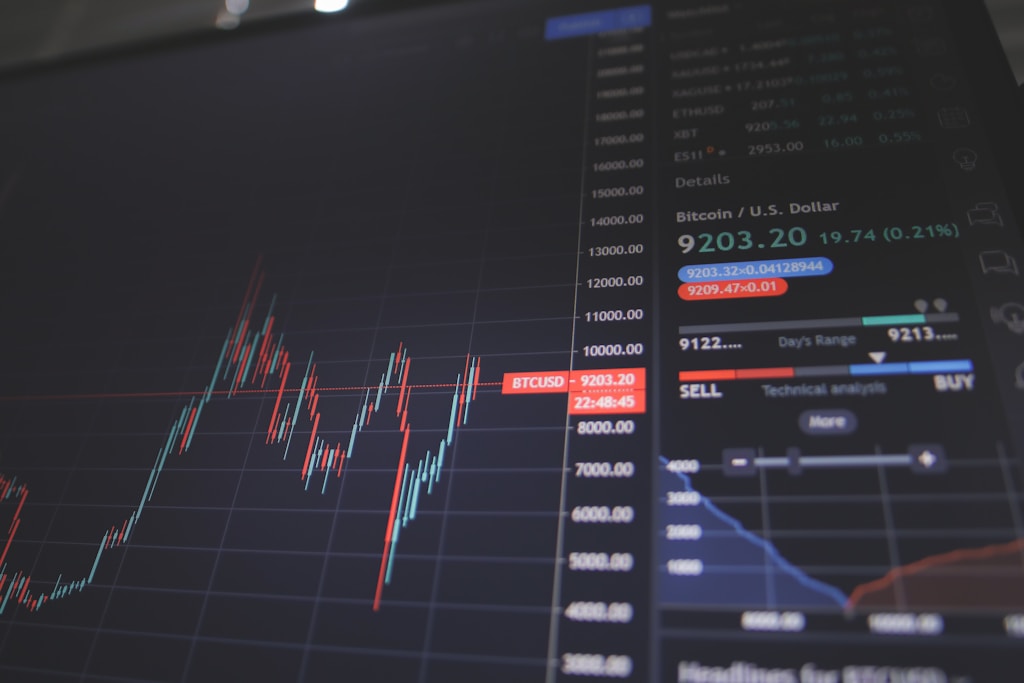MARA Holdings (NASDAQ: MARA) has achieved a groundbreaking milestone in Bitcoin mining, producing 950 BTC worth over $100 million in May 2025, marking a significant leap in the post-halving era. This achievement comes amid record-breaking network hashrates reaching 942 EH/s, demonstrating MARA’s resilience in an increasingly competitive mining landscape.
Record-Breaking Performance Metrics
The company’s May performance highlights include:
- 950 BTC mined (35% increase from April)
- 282 blocks won (38% month-over-month increase)
- Total holdings reached 49,179 BTC ($5.23 billion)
- Energized hashrate grew to 58.3 EH/s
- Average daily production of 30.7 BTC
Strategic HODL Position Strengthens
In a notable strategic move, MARA maintained its position as one of the largest corporate Bitcoin holders by retaining all mined BTC, aligning with the growing trend of institutional Bitcoin treasury adoption.
Operational Efficiency and Technical Innovation
MARA’s success can be attributed to several key factors:
- Proprietary mining pool operation eliminating external fees
- 10% above-average block reward luck
- 2% increase in energized hashrate
- Vertically integrated infrastructure model
Q1 2025 Financial Overview
The May performance builds on strong Q1 results:
- $213.9M revenue (30% YoY increase)
- 174% YoY growth in Bitcoin holdings
- 2,286 BTC mined in Q1
- 25% improvement in cost per petahash
FAQ Section
How many Bitcoin does MARA currently hold?
MARA currently holds 49,179 BTC, valued at approximately $5.23 billion.
What is MARA’s daily Bitcoin production rate?
The company’s average daily production reached 30.7 BTC in May 2025.
How has MARA’s performance changed since the 2024 halving?
May 2025 represents MARA’s highest monthly production since the April 2024 halving event.





